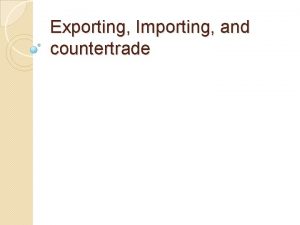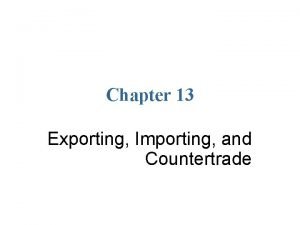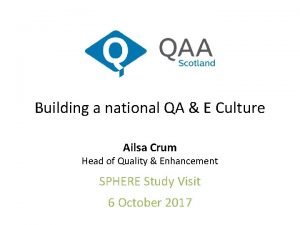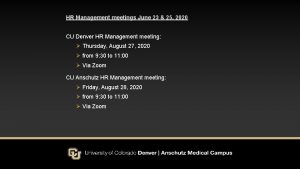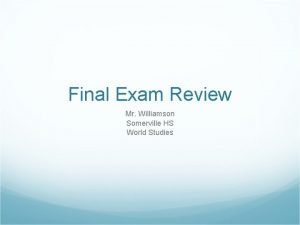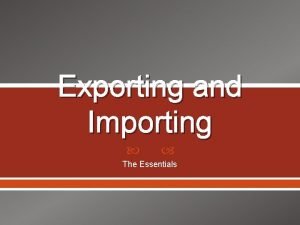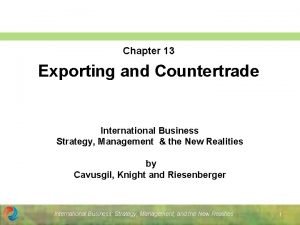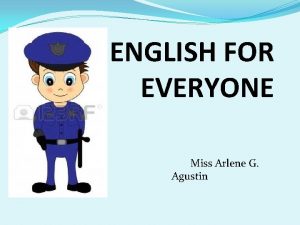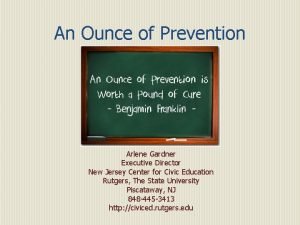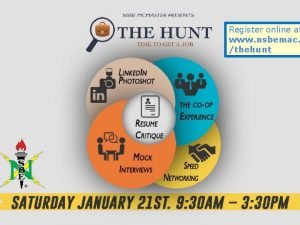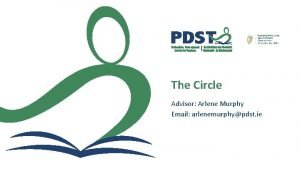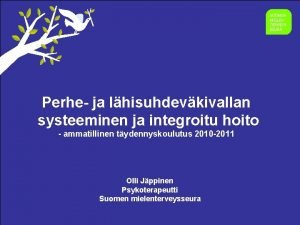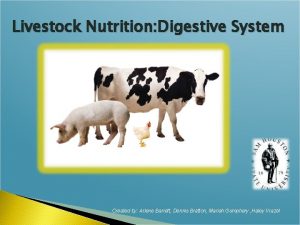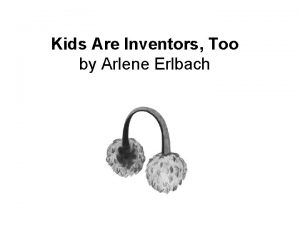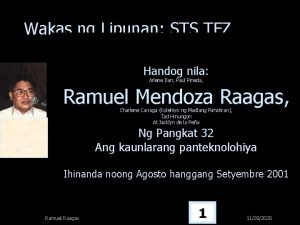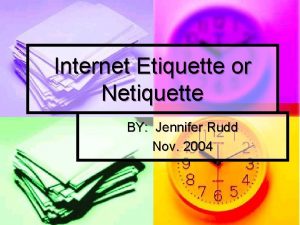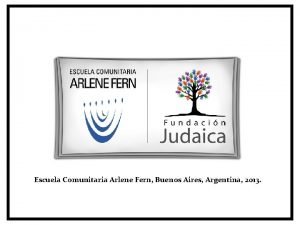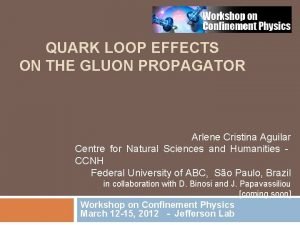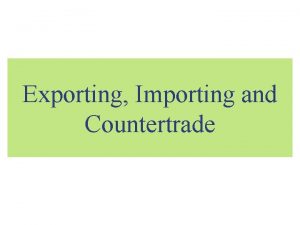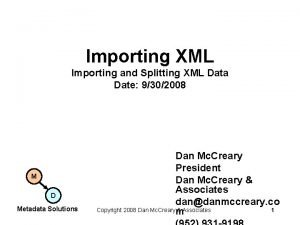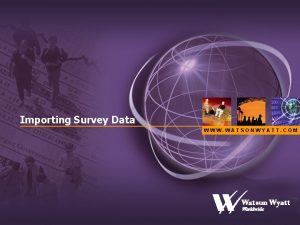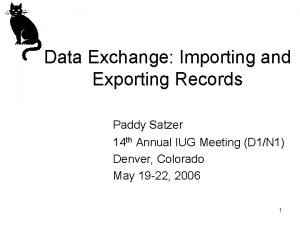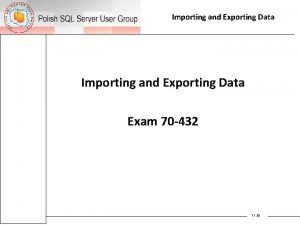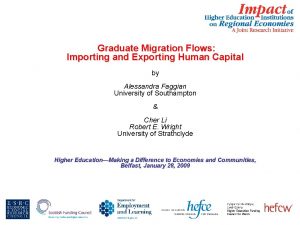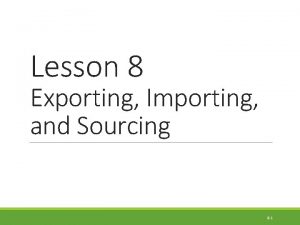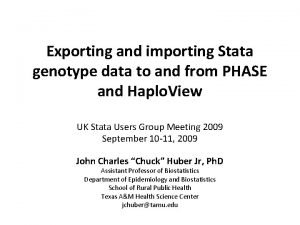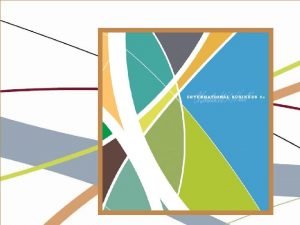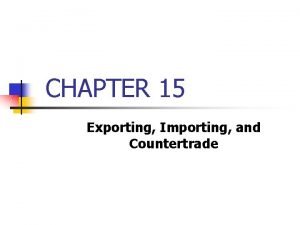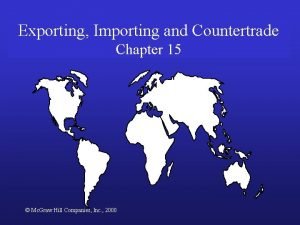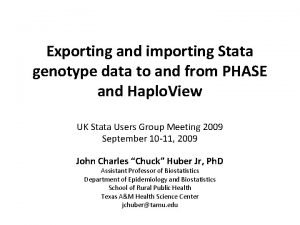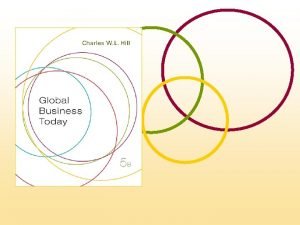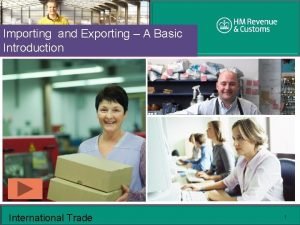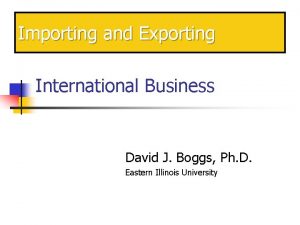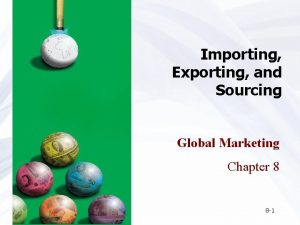Content Integration Importing Content Exporting Math Arlene Crum
























- Slides: 24

Content Integration Importing Content | Exporting Math Arlene Crum, Director of Mathematics, Office of Superintendent of Public Instruction

Content Integration • Our Why • Bringing other content into mathematics • Sharing math in other content areas October 2019 | 2

Why it’s a good thing We have come to understand that authentic instruction encompasses strategies that exemplify real math learning, such that students see how math concepts connect to each other, other STEM subjects, and the world at large. The introduction of math in ways that are authentic and connected to students’ everyday lives and the world around them during these foundational years is critical to help drive positive feelings about math and a joyful curiosity around math learning in the classroom. DOING THE MATH Building a foundation of joyful and authentic math learning for all students https: //grandchallenges. 100 kin 10. org/ October 2019 | 3

Why it’s a good thing Mathematics is not about numbers, equations, computations, or algorithms: it is about UNDERSTANDING. William Paul Thurston October 2019 | 4

Standards for Mathematical Practice

Bringing Other Content Into Math • Project Based Learning • Modeling Our World With Mathematics October 2019 | 6

Project Based Learning Javits Hi. Cap. PLUS professional learning modules • Requires productive teamwork • Addresses standards of multiple content areas • Provides opportunities for communication in a variety of ways • Develops critical thinking skills October 2019 | 7

Modeling Our World With Mathematics • What is MOWWM? • Who is MOWWM for? • Find it at www. k 12. wa. us October 2019 | 8

Getting Ready Culture, Routines, Positive Attitude Finances for Life Health & Fitness Civic Readiness The Arts Linear, Quadratic & Exponential Functions, Statistics Linear Functions, Systems of Equations & Inequalities Represent & interpret data, Modeling with Geometry Right Triangle Trigonometry Congruence Similarity Perspective The Digital World Linear, Quadratic & Exponential Functions Graphing Best Fit

Lessons begin with a Launch The One Moment

https: //www 2. census. gov/programs surveys/sis/activities/math/hm 1_teacher. pdf October 2019 | 11

1. Which histogram has the greater mean? 2. Based on the nature of these variables, could you have predicted which data set would have a greater center? Explain your logic. 3. Which distribution is more symmetrical? How do you know? 4. Which distribution has the larger spread? How do you know?

Sharing Math In Other Content Areas • Civics October 2019 | 13

Hey, Little Ant Materials: Copies of giant kid picture (pages 5 & 6) and giant picture (pages 19 & 20) Copies of ant and kid (pages 6 and 20) Questions 1. Look at the ‘giant’ pictures. Who is taller, the kid or the ant? 2. Look at the ‘small’ pictures of the ant and the kid. Who is smaller in these images?

3. How tall is the kid (giant picture) in ant units? 4. How tall is the giant in small kid units? 5. Compare the measurements. Is the kid a bigger measurement in ant units or is the ant a bigger measurement in kid units? 6. Even though the giant is bigger than the giant kid, the ant measures fewer units. Why is this so?

K-1 Learning Standards • Math Grade Standard K 1 K. CC. 1 K. CC. 4 • Civics Description Count to 100 by ones and by tens. Understand the relationship between numbers and quantities; connect counting to cardinality. K. CC. 6 Identify whether the number of objects in one group is greater that, less than, or equal to the number of objects in another group. K. MD. 1 Describe measurable attributes of objects, such as length or weight. K. MD. 2 Directly compare two objects with a measurable attribute in common and describe the difference. 1. NBT. 2 Understand that the two digits of a two digit number represent amounts of tens and ones. 1. MD. 2 Express the length of an object as a whole number of length units, by laying multiple copies of a shorter object end to end. Grade Standard Description K SSS 1. K. 1 SSS 1. K. 2 SSS 1. K. 3 SSS 1. K. 4 1 SSS 1. 1. 1 State and clarify one’s point of view. Evaluate the fairness of one’s point of view. State own viewpoints on fairness and listen to the viewpoints of classmates and teacher. Retell a sequence of events that have happened over time. Distinguish different points of view on one event. SSS 1. 1. 2 SSS 1. 1. 3 Use questioning strategies. Retell a sequence of events that have happened over time. October 2019 | 16

Book Prize Awarded by the Mathematical Sciences Research Institute in partnership with NCTE, NCTM, CBC Includes books for ages 2 -18 Educator Reading Guides include math -centric and narrative activities


Standards Alignment Document • Launched by Financial Education Public Private Partnership • Goal is to be able to look at all standards for a grade level in one place • First version will include: Math, ELA, Science Finance, Computer Science • With Social Studies as the next step y a t S ! d e n u T October 2019 | 19

Standards for Mathematical Practice

Math Practices offer links to other content

Math Practices offer links to other content Social Studies SSS 1. 9 -12. 1 Critique the precision of a claim about an issue or event. SSS 1. 9 -12. 2 Critique the use of reasoning, sequencing, and details supporting the claim. SSS 1. 9 -12. 3 Explain points of agreement and disagree ment that experts have regarding interpretations of sources. Computer Science Practice 6. Testing and Refining Computational Artifacts 1. Systematically test computational artifacts by considering all scenarios and using test cases. 2. Identify and fix errors using a systematic process. 3. Evaluate and refine a computational artifact multiple times to enhance its performance, reliability, usability, and accessibility. Practice 7. Communicating About Computing 1. Select, organize, and interpret large data sets from multiple sources to support a claim. 2. Describe, justify, and document computational processes and solutions using appropriate termi nology consistent with the intended audience and purpose.

Social Studies SSS 2. 9 12. 2 Evaluate the validity, reliability, and credi bility of sources when researching an issue or event. SSS 2. 9 12. 3 Determine the kinds of sources and relevant information that are helpful, taking into consideration multiple points of view represented in the sources, the types of sources available, and the potential uses of the sources. Ed. Tech (ISTE) 4. Innovative Designer Students use a variety of technologies within a design process to identify and solve problems by creating new, useful or imaginative solutions. 4. b. Students select and use digital tools to plan and manage a design process that considers design constraints and calculated risks. 5. Computational Thinker Students develop and employ strategies for understanding and solving problems in ways that leverage the power of technological methods to develop and test solutions. 5. b. Students collect data or identify relevant data sets, use digital tools to analyze them, and represent data in various ways to facilitate problem solving and decision making.

It is not the essence of mathematics to be occupied with the ideas of number and quantity. George Boole Let us, instead, see the beauty and usefulness of mathematics in all things. Arlene Crum, Director of Mathematics, OSPI Arlene. Crum@k 12. wa. us
 Exporting importing and sourcing
Exporting importing and sourcing The great promise of exporting is that
The great promise of exporting is that Countertrade advantages and disadvantages
Countertrade advantages and disadvantages Ashley crum
Ashley crum Ailsa crum
Ailsa crum Crum definition
Crum definition Carolyn brownawell
Carolyn brownawell Why did britain begin exporting opium to china?
Why did britain begin exporting opium to china? Export licensing requirements
Export licensing requirements Direct exporting
Direct exporting Miss arlene
Miss arlene Arlene gardner
Arlene gardner Arlene fajutrao dosen
Arlene fajutrao dosen Arlene murphy
Arlene murphy Arlene hein
Arlene hein Arlene vetere
Arlene vetere Arlene barrett
Arlene barrett Arlene erlbach
Arlene erlbach Produktong iniluluwas ng pilipinas sa amerika
Produktong iniluluwas ng pilipinas sa amerika Focal behavior definition
Focal behavior definition Respect other people's time and bandwidth
Respect other people's time and bandwidth Arlene fern quien fue
Arlene fern quien fue Arlene cristina aguilar
Arlene cristina aguilar Forward backward integration
Forward backward integration Simultaneous integration
Simultaneous integration

